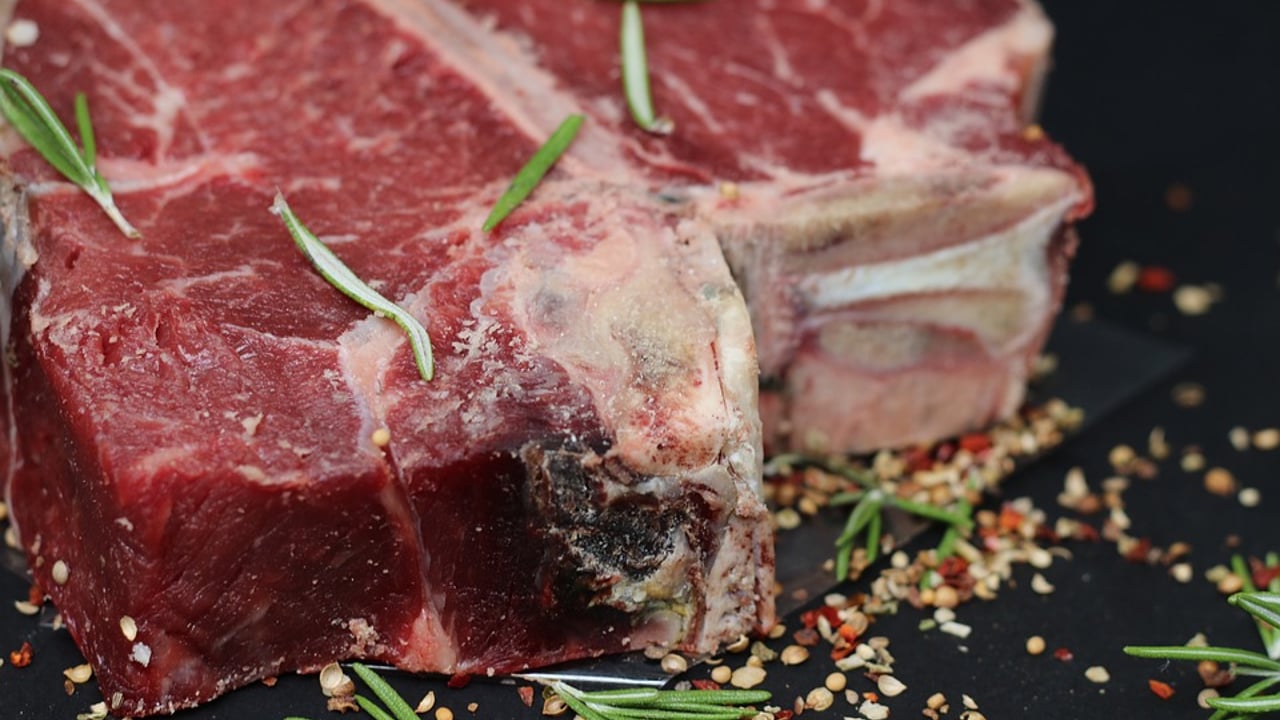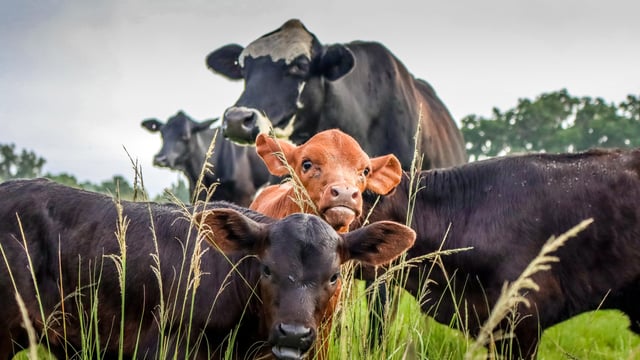FAO Food Price Index: Global meat prices dropped in January
The benchmark for world food commodity prices declined in January compared to the previous month - led down by a drop in international sugar and vegetable oil quotations, the latest Food and Agriculture Organization of the United Nations (FAO) showed today (Friday, February 7).
The FAO Food Price Index, which tracks monthly changes in the international prices of a set of globally-traded food commodities, averaged 124.9 points during the month, down 1.6% from December.
Decreases in the price indices for sugar, vegetable oils and meat more than offset increases in those for dairy products and cereals.
The FAO Dairy Price Index was at 142.9 points in January, up 2.4% from December 2024 and as much as 20.4% higher than its value a year ago.
International quotations for cheese increased the most (7.6 % month-to-month), which reflected the rising global import demand following recovered production and strong domestic retail sales in major producing countries.
Meanwhile the FAO Cereal Price Index in January was essentially unchanged from December, but still 6.9% lower than its year-earlier level. This was caused by lower demand for wheat, and an increase in maize prices.
The FAO All Rice Price Index also declined by 4.7 % in January, due primarily to ample exportable supplies, and competition among exports continued to push prices down.
It was a similar trend in relation to the FAO Vegetable Oil Price Index which averaged 153.0 points in January, down 5.6% from the previous month, yet it remained 24.9% above its level a year ago.
The FAO Meat Price Index averaged 117.7 points in January, down 1.4% from December 2024, while remaining 8.1% above its level a year ago (January 2024).
The decline was driven by lower international ovine, pig and poultry meat prices, which outweighed increases in bovine meat quotations.
Separately the FAO Sugar Price Index was also down 6.8% from December and as much as 18.5% from its value a year ago, reaching its lowest level since October 2022.
The decline in January was driven by improved global supply prospects and following favourable weather in Brazil in recent months that benefited the sugarcane crops.





